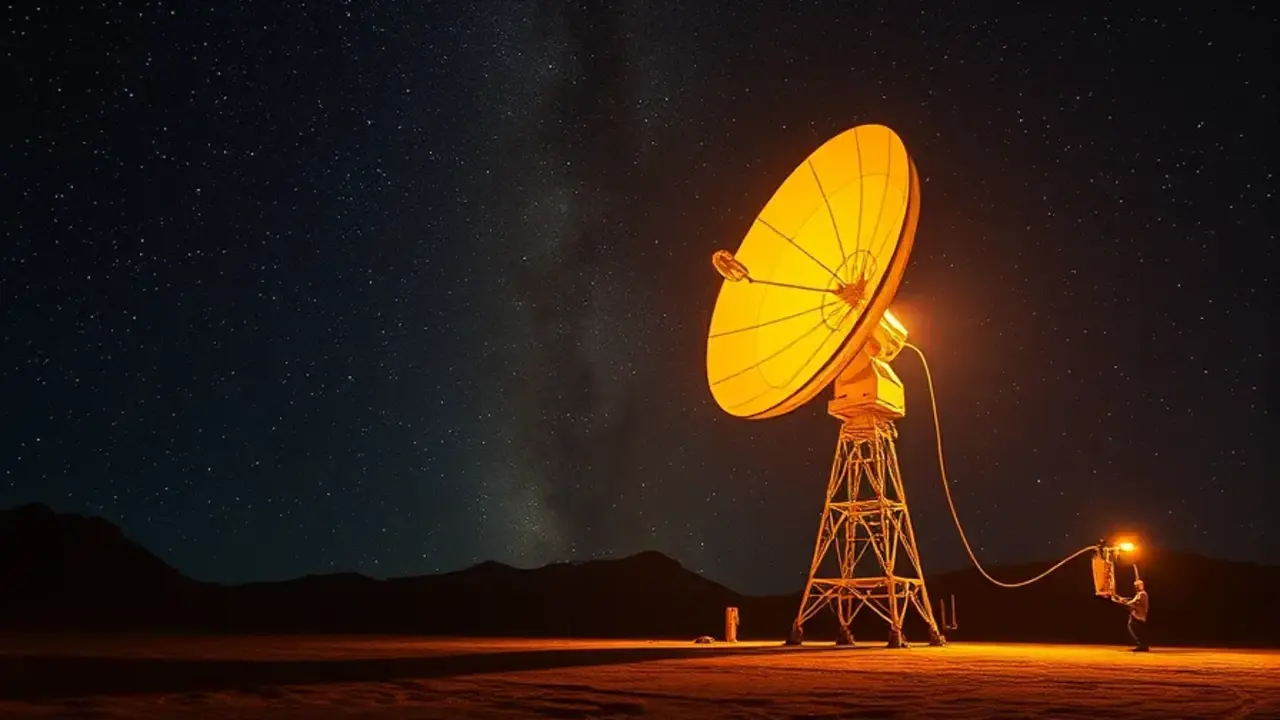This technique allows satellite dishes to receive multiple signals simultaneously, a significant step forward over the traditional one-to-one model.
Current LEO satellites have difficulty managing multiple signals due to their rapid movement and location changes. This limitation has forced companies like SpaceX to deploy massive satellite constellations to achieve broad coverage. However, this approach is expensive and contributes to orbital congestion.
The new technique, detailed in a paper recently published in the journal IEEE Transactions on Signal Processing, allows satellites to split transmissions from a single antenna into multiple beams without the need for additional equipment.
By integrating this technology, the number of satellites required for full coverage can be significantly reduced.
The approach remains theoretical for now, but initial tests show it is promising.
Source: Ferra
I am a professional journalist and content creator with extensive experience writing for news websites. I currently work as an author at Gadget Onus, where I specialize in covering hot news topics. My written pieces have been published on some of the biggest media outlets around the world, including The Guardian and BBC News.












